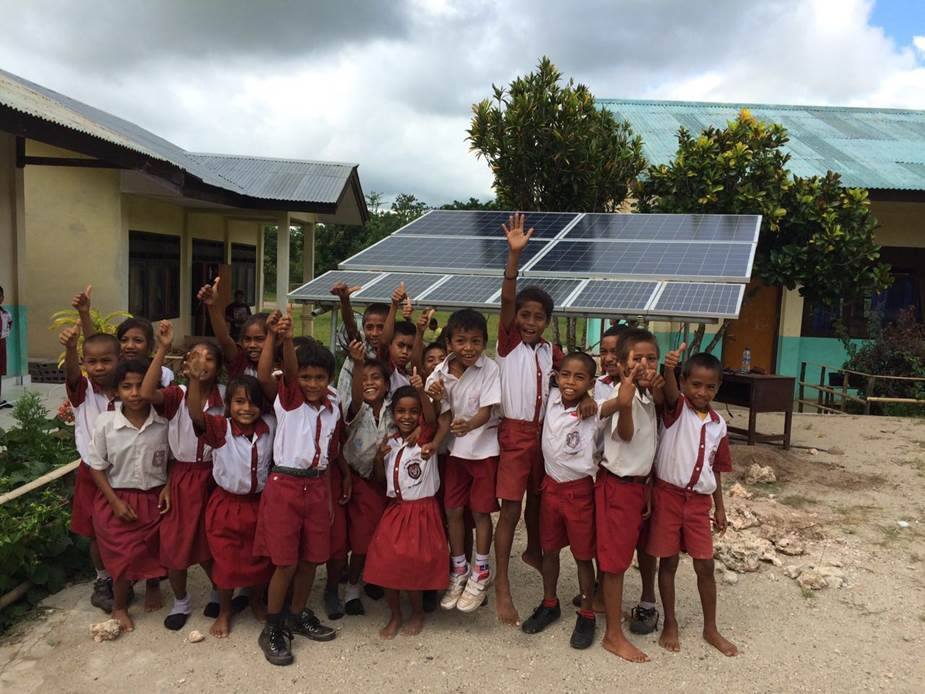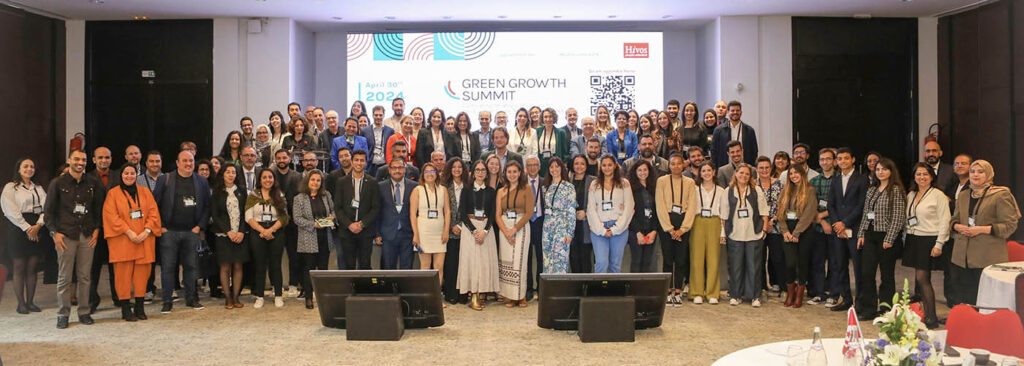A renewable energy collaboration with EKOenergy
Initiated in 2010, Hivos’ Sumba Iconic Island (SII) project aims not only to provide access to electricity to the 650,000 inhabitants of Sumba Island in Indonesia, but also to reduce reliance on expensive and environmentally harmful fuels such as diesel and kerosene.
Although regulations, distribution of authority and geological conditions are some of the challenges facing the project, it continues to make impressive progress thanks to commitments from existing stakeholders and new partners alike, as well as the involvement of individuals and communities. For example, with support from partners such as EKOenergy, 37 MW of alternative renewable energy are now ready to be harvested, positioning Sumba as a development model for all of Indonesia.
The collaboration with EKOenergy, who donated EUR 28,000 to finance Photovoltaic (PV) solar installations, has made electricity available since mid-April 2016 to the teachers and some 270 students at Kataka elementary and junior high schools in isolated East Sumba district. They are finally able to use electronic equipment such as computers, laptops and audiovisual devices to support their teaching and learning activities. In addition, students can recharge their solar lamps at the E-Kiosk at school to help them study at night.
“The installation of photovoltaic systems in elementary and junior High School in East Sumba Region is an innovative collaboration with EKOenergy,” says Sandra Winarsa, Hivos’ Green Energy Project Manager for Sumba Iconic Island. “This contributes to improving educational standards and reduces the gap between rural and urban communities.”
Danny Suhandi, Head of the Energy and Mineral Resources and Mining Office of East Nusa Tenggara in Kupang, is enthusiastic about Sumba’s potential to support 100 percent renewable energy. “Sumba is blessed with a number of underground rivers, lots of days with bright sunlight, strong coastal and mountain winds, and biogas potential from cattle dung –enough supply for the 13 MW required to boost its economy until 2020,” he says. His conclusion is that “Sumba’s success, therefore, can become an example for the rest of Indonesia”.
Five years into the launch of the Sumba Iconic Island renewable energy project, Sumba’s electrification ratio is reaching 42.5 percent, nearly 10 percent of which is generated by alternative renewable energy from approximately 15,000 solar power plants, 1,173 biogas installations, 100 wind power units and 12 micro-hydro power plants distributed throughout the island. This ratio has already exceeded the 25 percent level measured at the signing of the 2011 Memorandum of Understanding between the Sumba local governments, the East Nusa Tenggara Governor, the State Electricity Company and HIVOS.
Slowly but surely, the project is bringing positive changes – especially to women and children who are most affected by the lack of electricity access.




